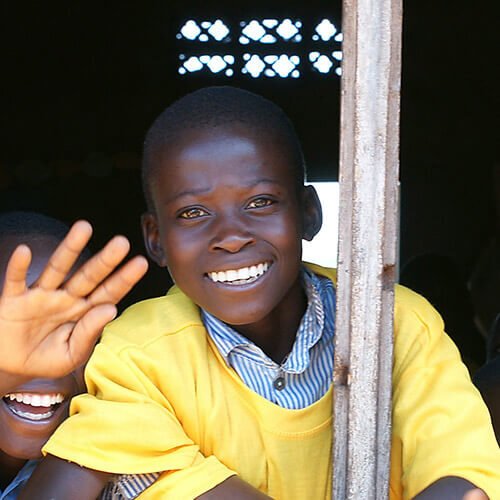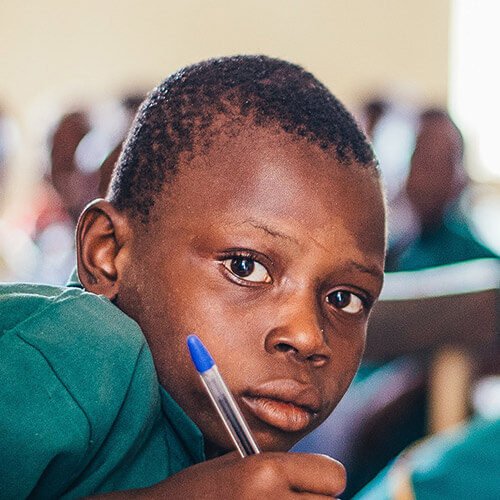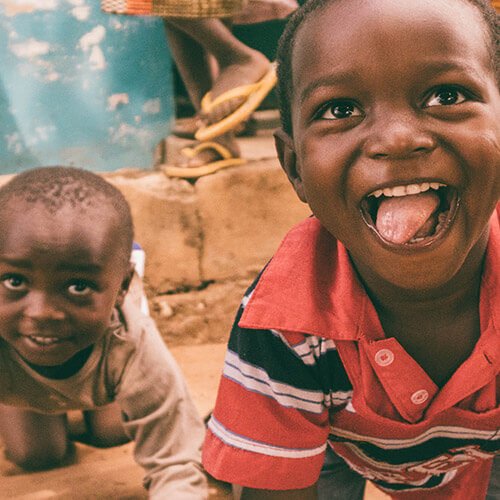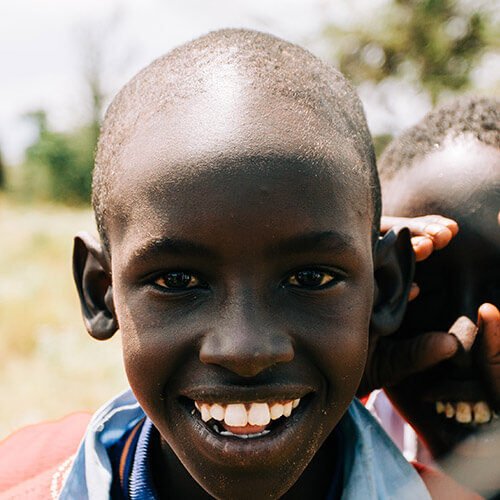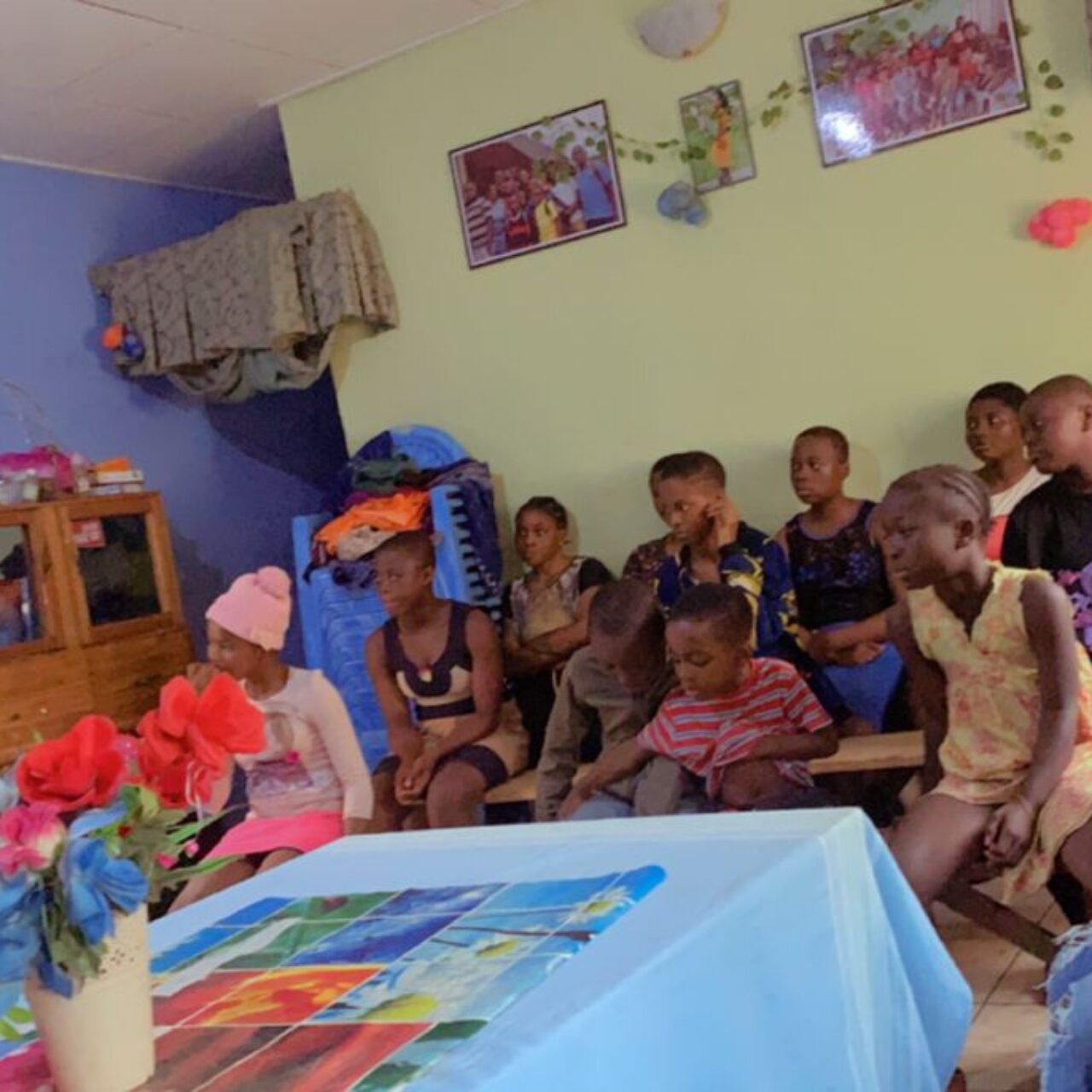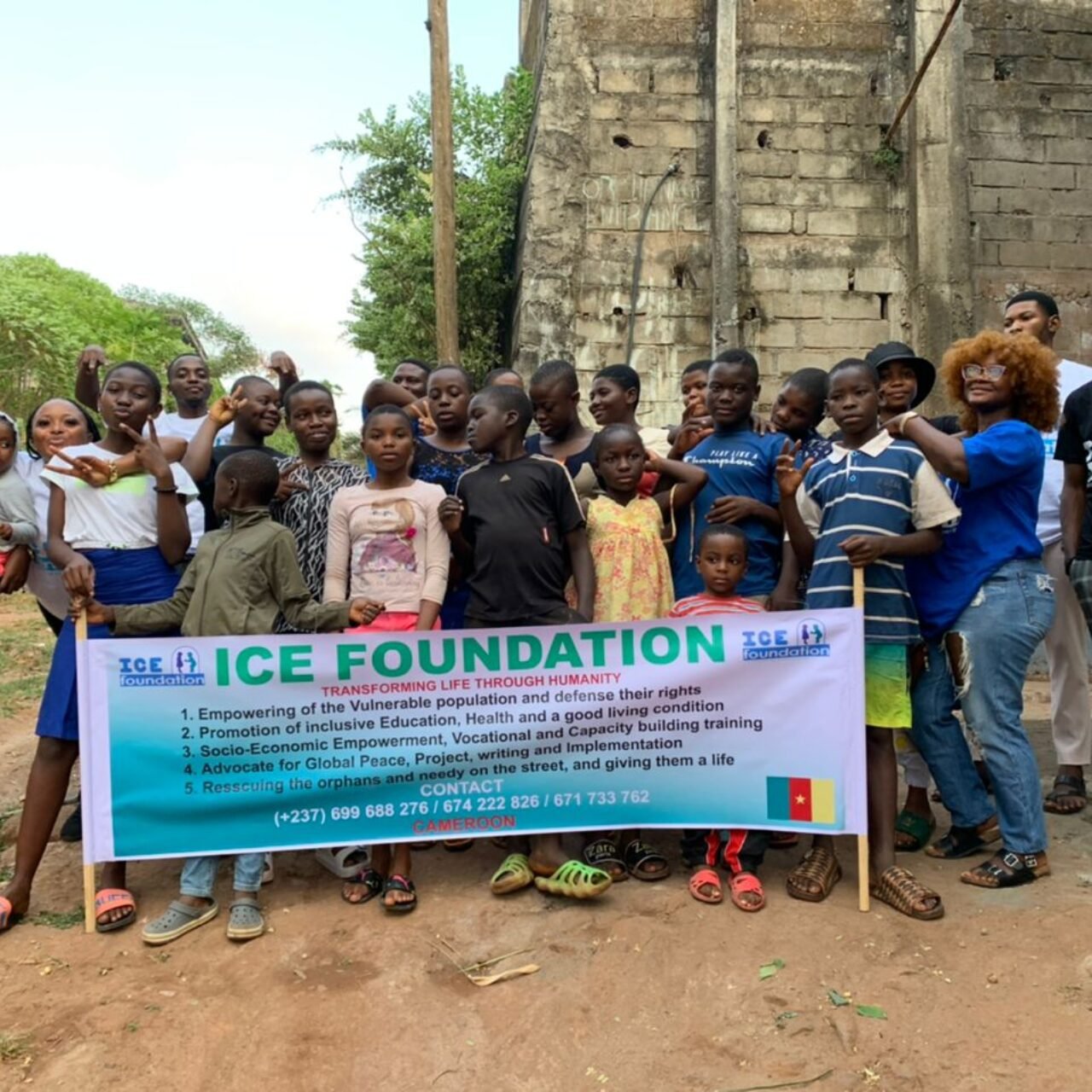Rescuing those in War, Earthquake and other natural disasters around the globe
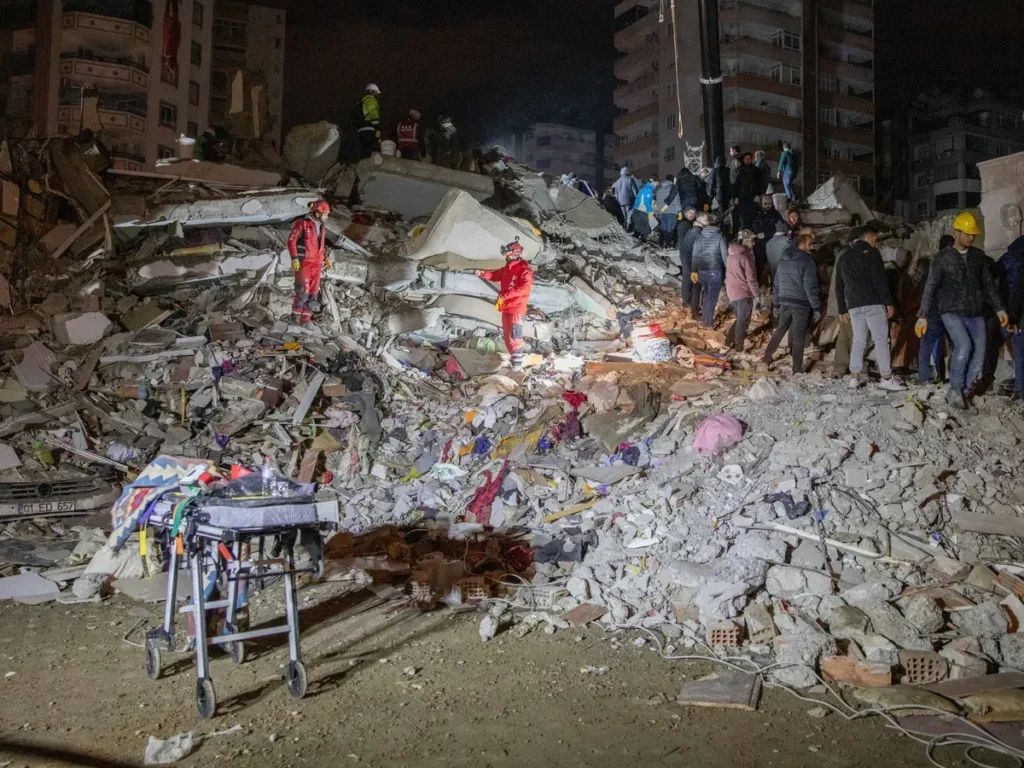
I. Introduction.
In times of crisis, rescue missions play a vital role in saving lives and providing aid to those affected by war, earthquakes, and other natural disasters.
These missions are crucial in providing immediate assistance, medical care, and support to individuals who find themselves in vulnerable situations. From war-torn regions to earthquake-devastated areas, rescue teams tirelessly work together to restore hope and help communities rebuild. In this article, we will explore the comprehensive process and commendable efforts involved in providing aid and rescuing individuals impacted by these crises around the
II. Understanding the Global Humanitarian Response
While these organizations provide guidance and support, local authorities and volunteers often form the backbone of rescue operations. The collaboration between international teams and local responders is vital in ensuring an effective and well-coordinated humanitarian response.
However, reaching affected areas promptly is one of the biggest challenges faced by rescue teams. In war zones, access may be restricted or dangerous due to conflict, while natural disasters can lead to damaged infrastructure, making it difficult to reach remote locations. Overcoming these challenges is an integral part of the rescue operation process.
III. Preparing for Disaster Response
IV. On-ground Rescue Operations
V. Overcoming Challenges in Rescue Missions
VI. Providing Post-Rescue Support
VII. Conclusion



